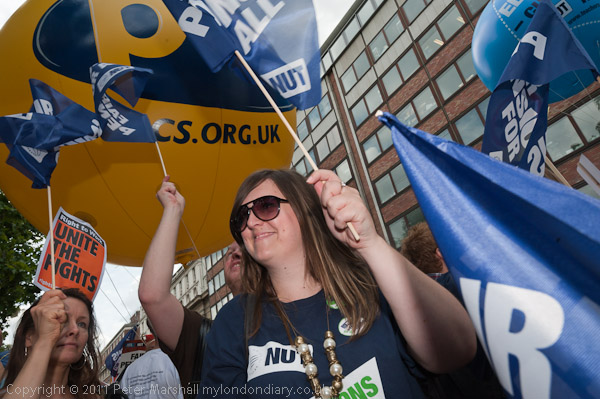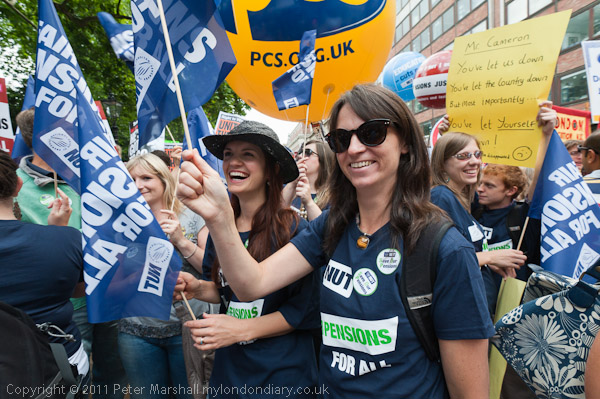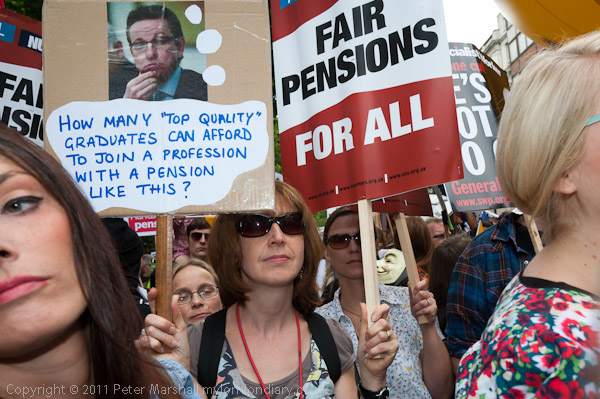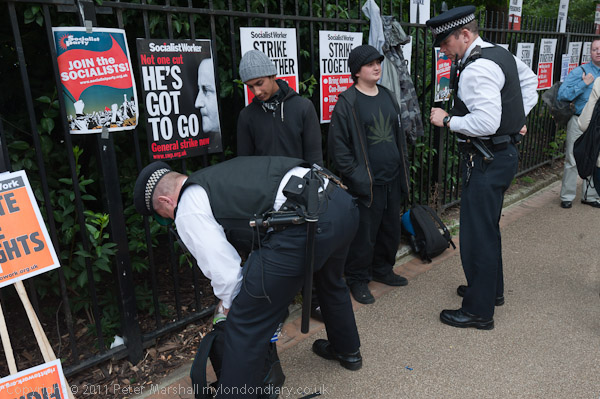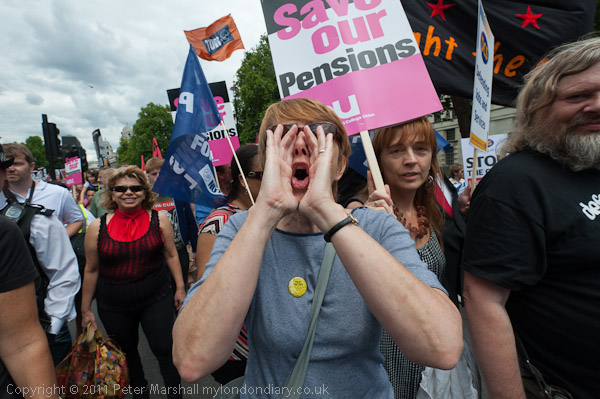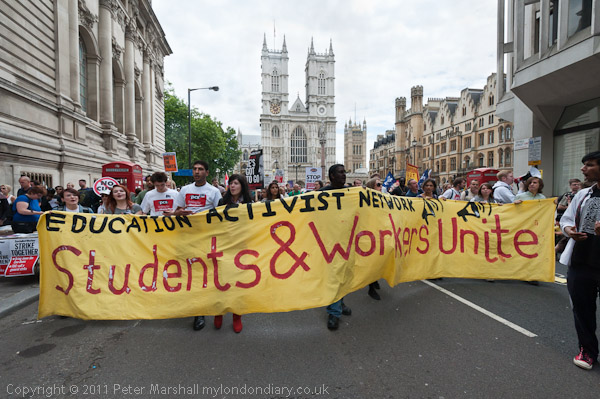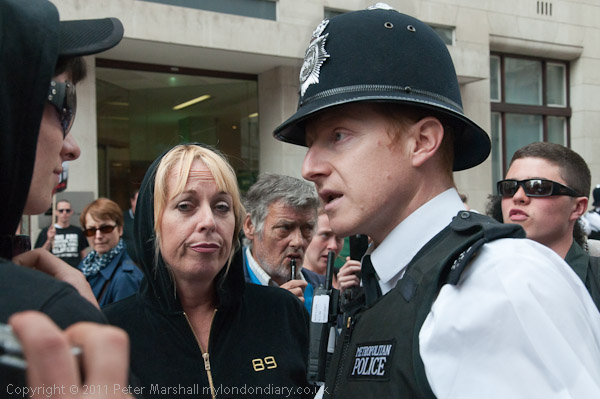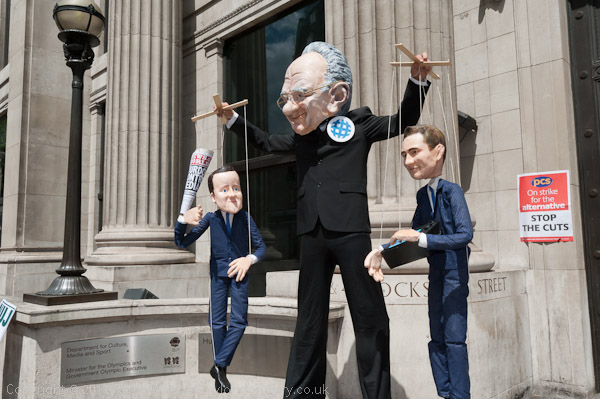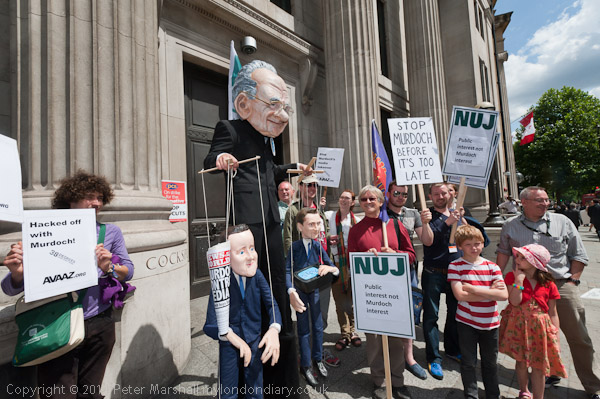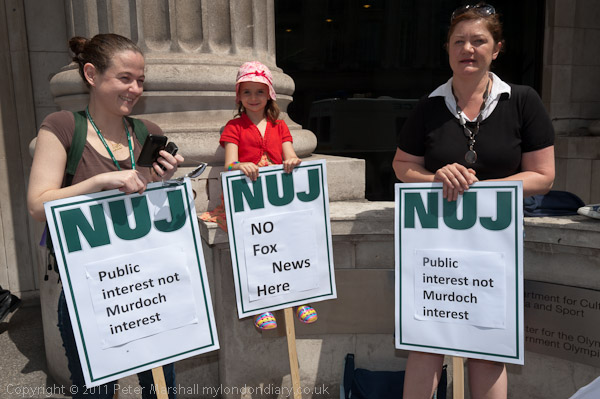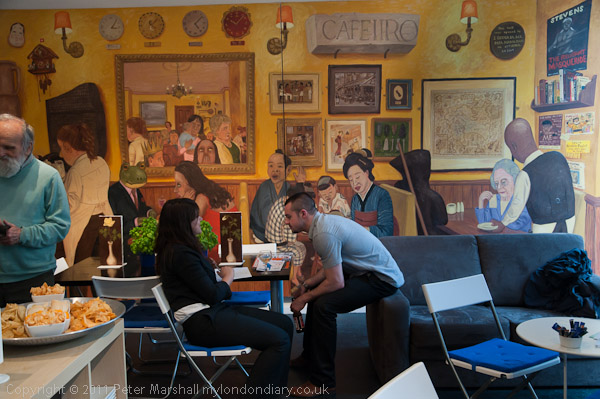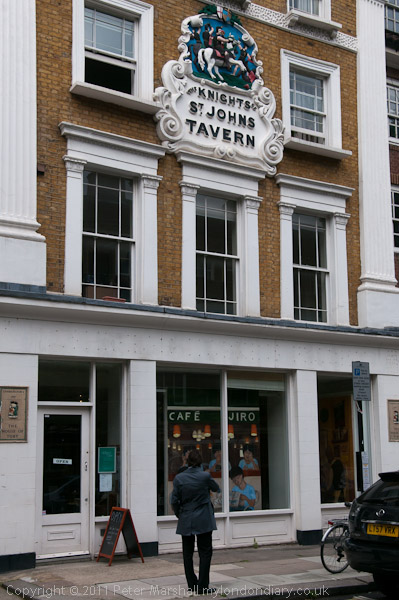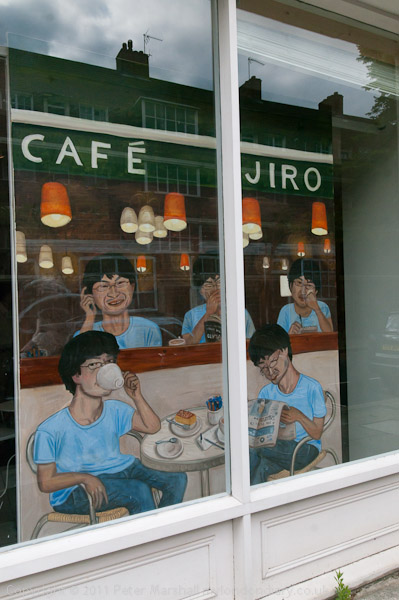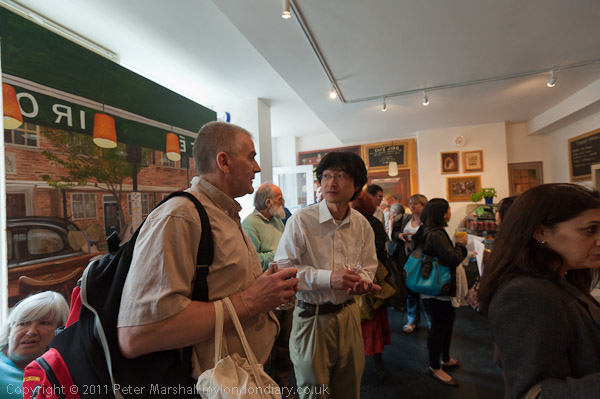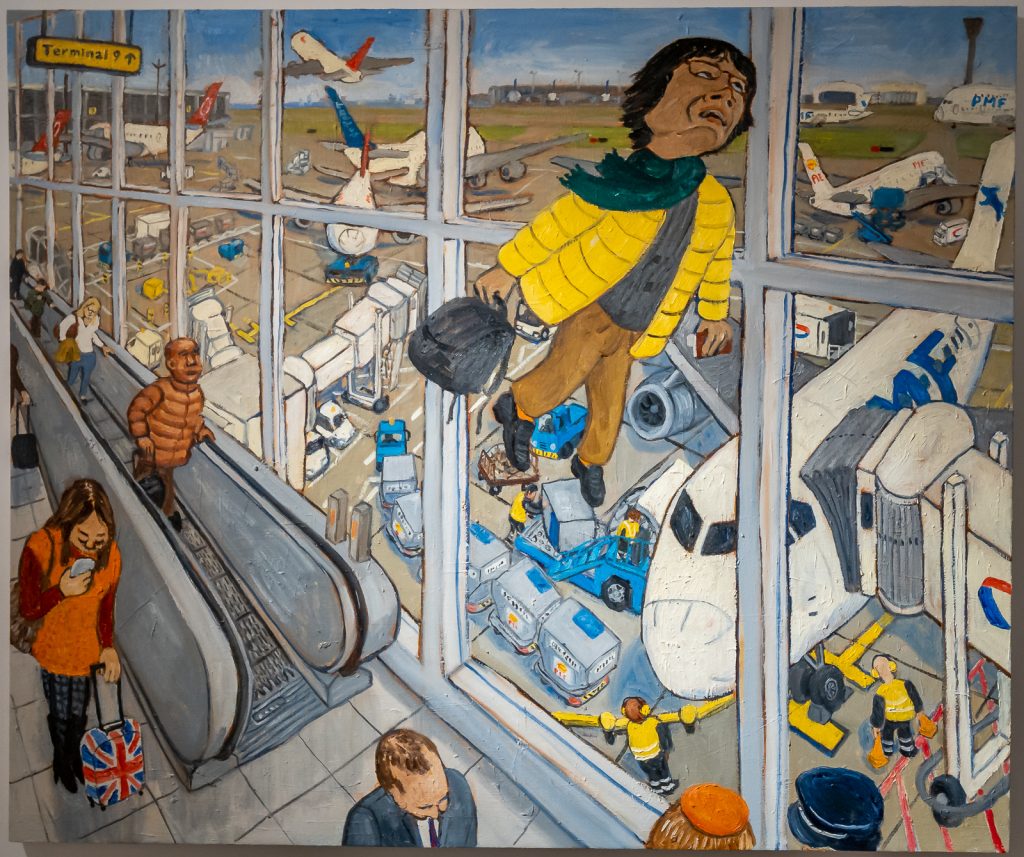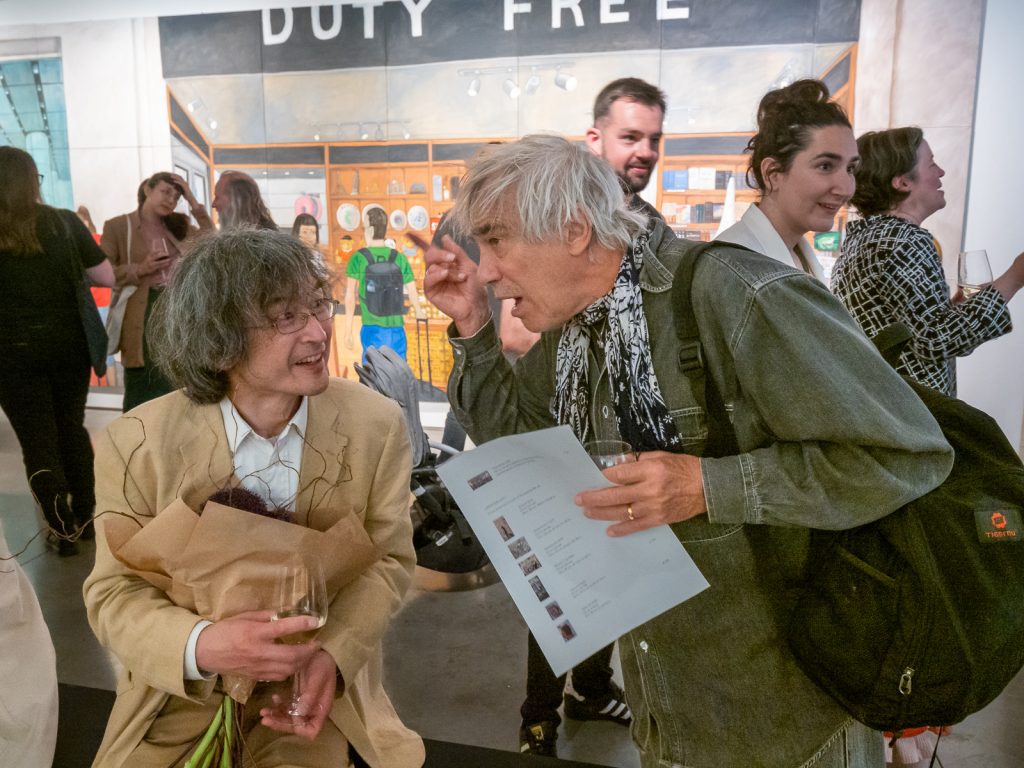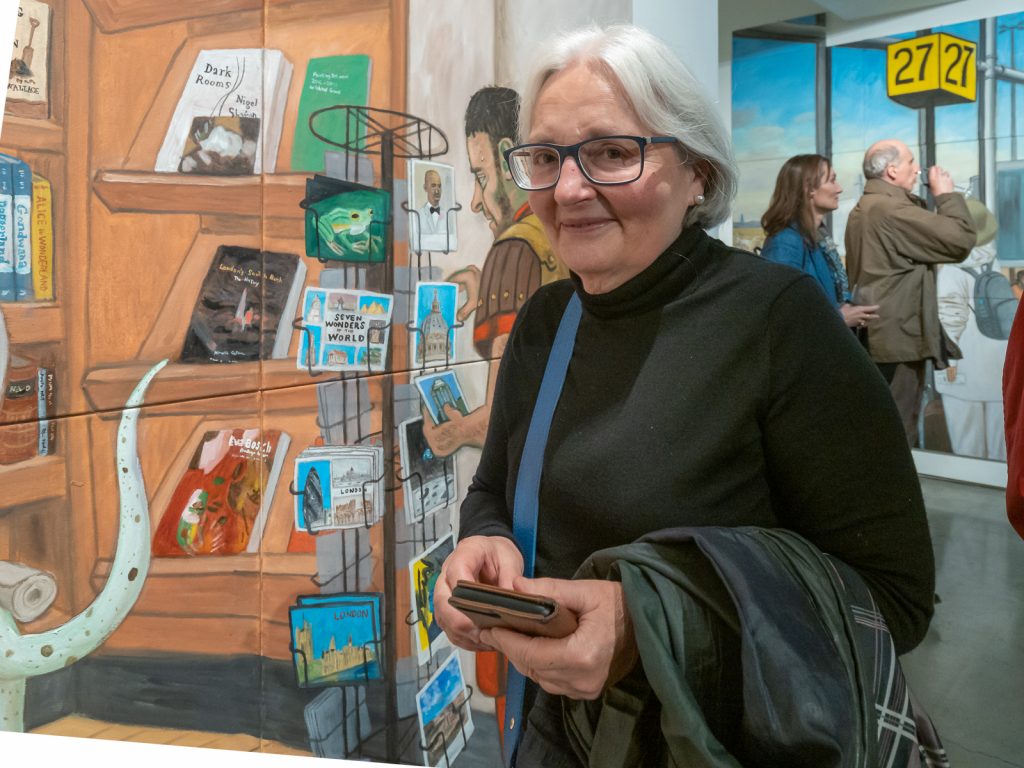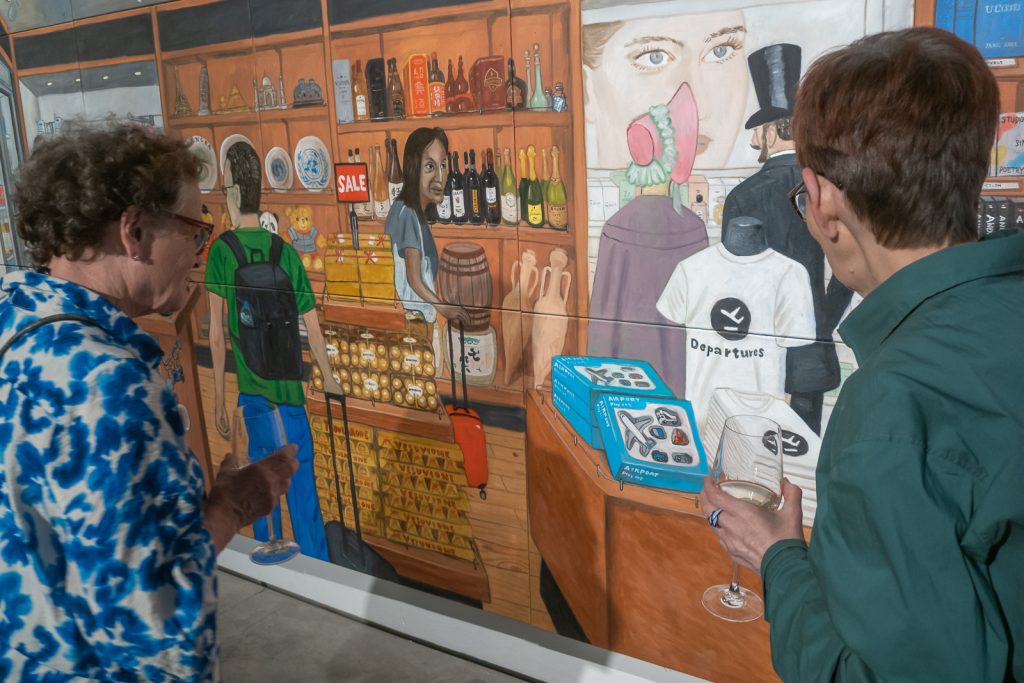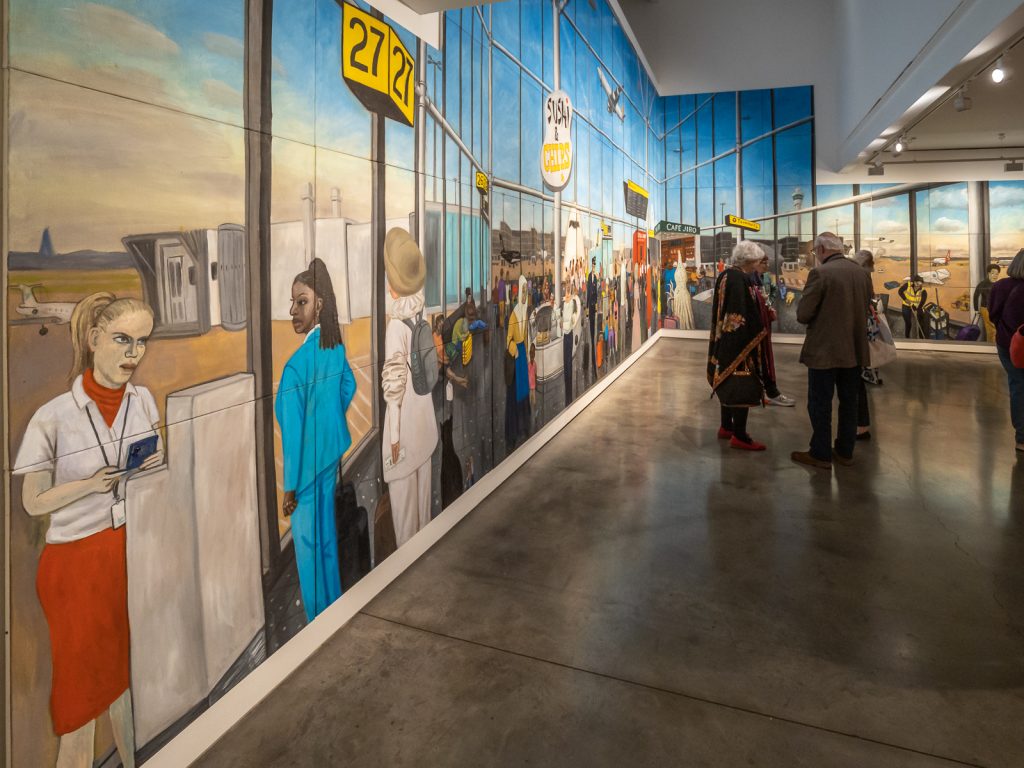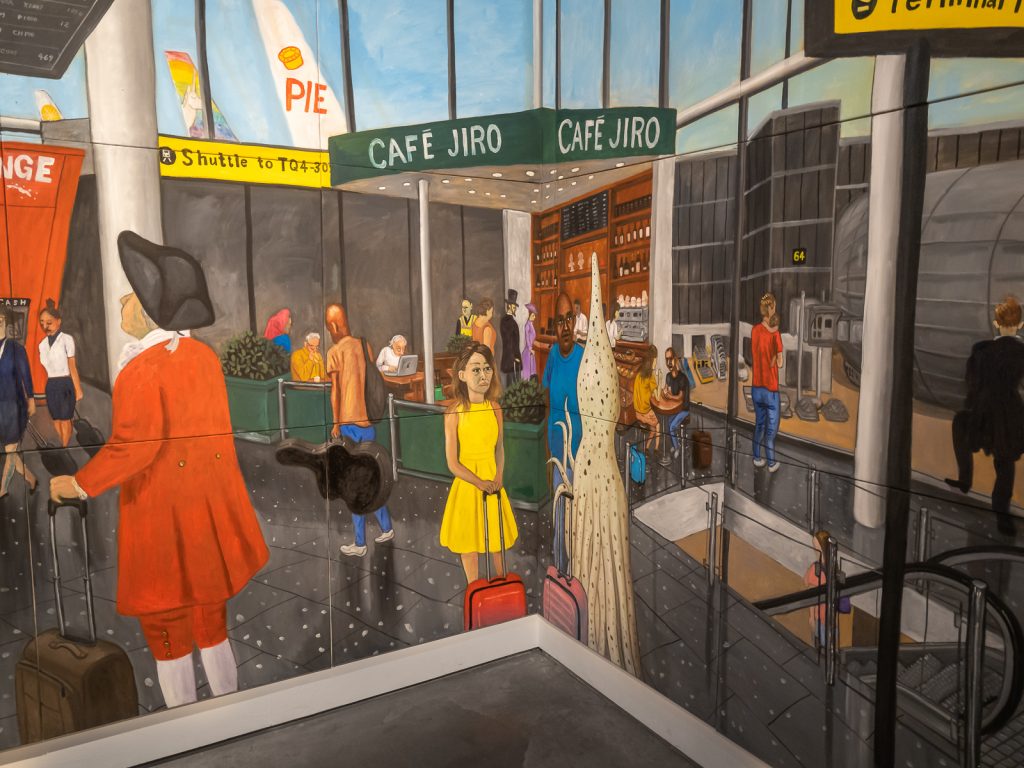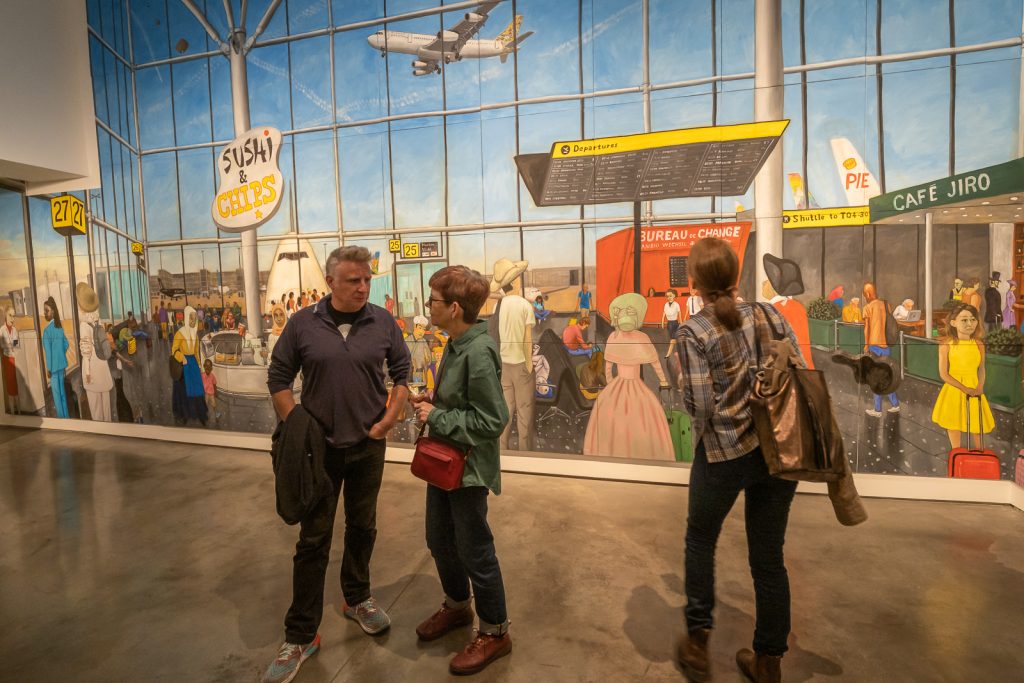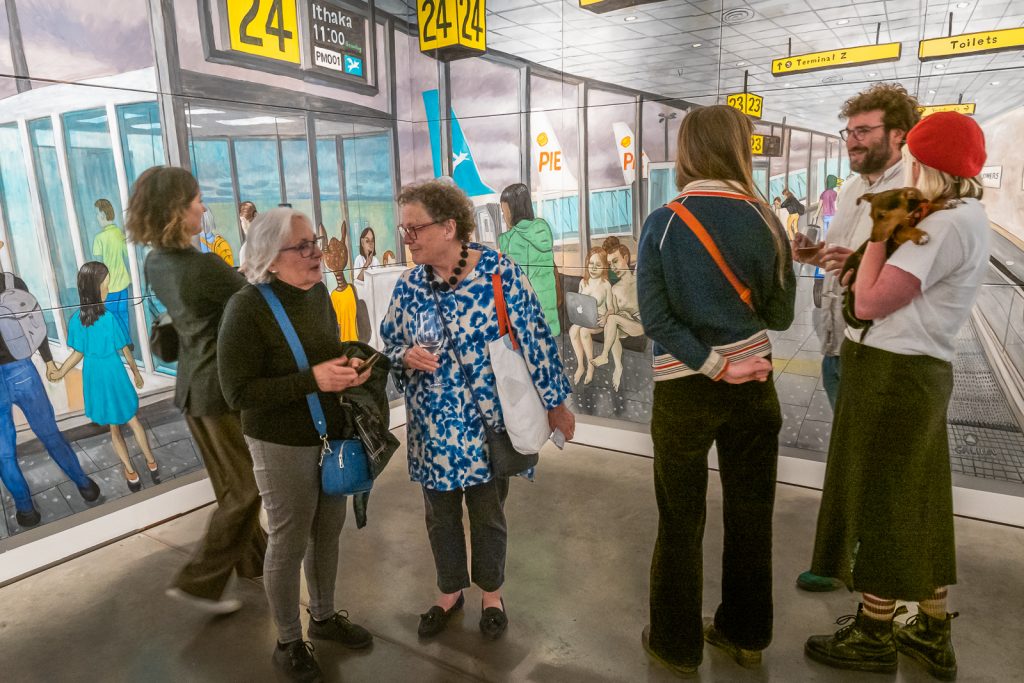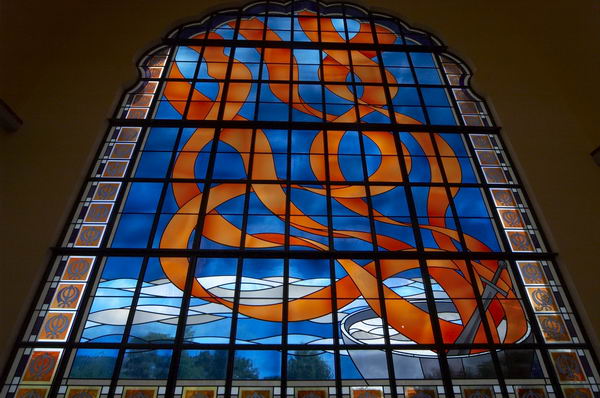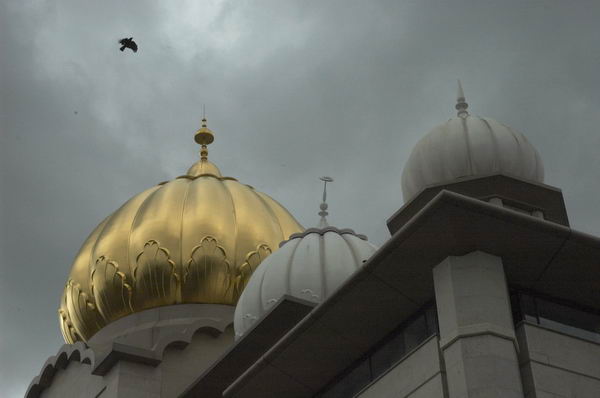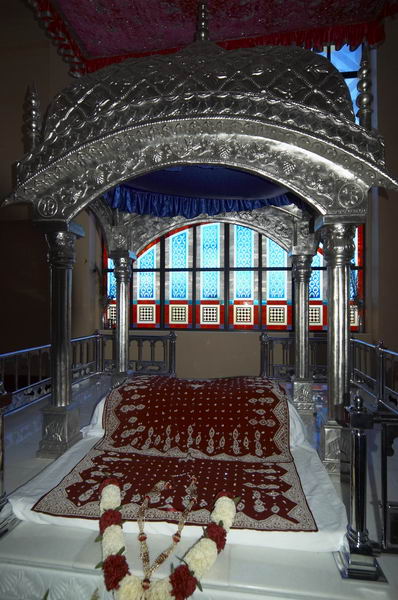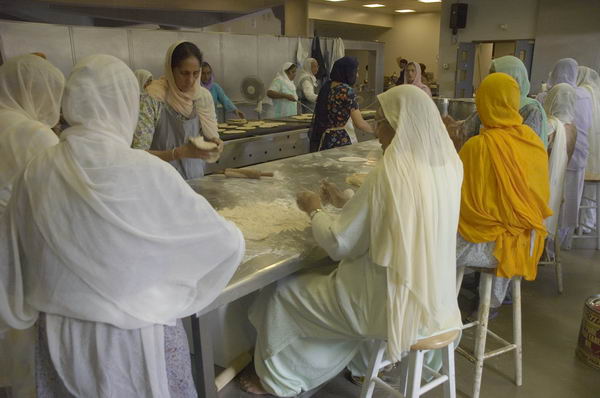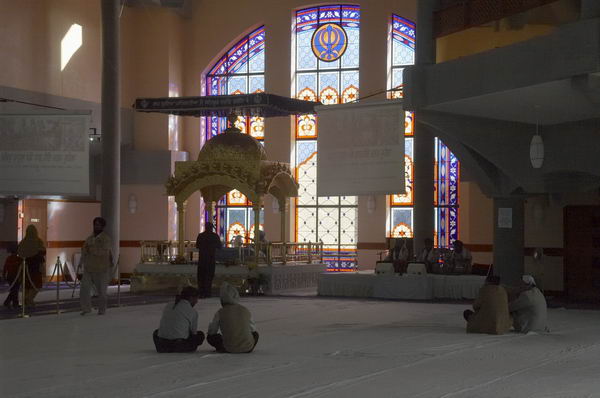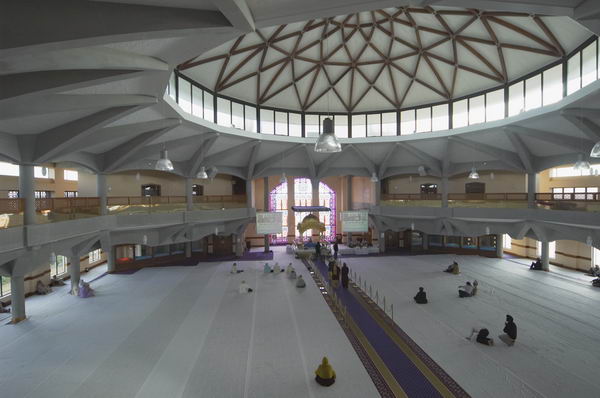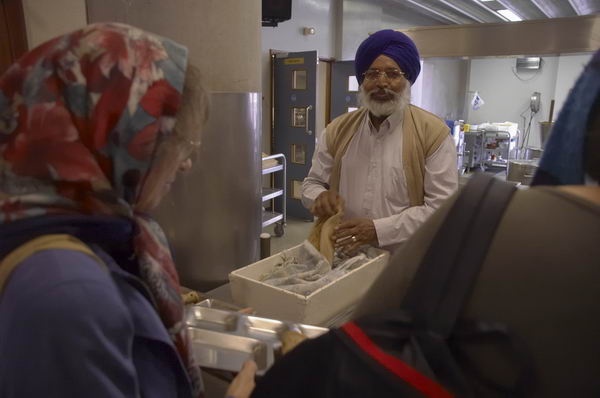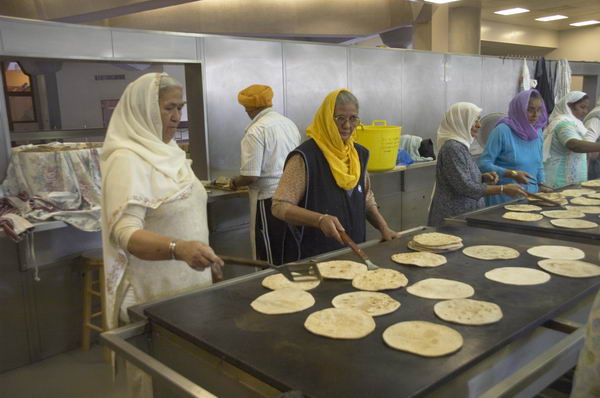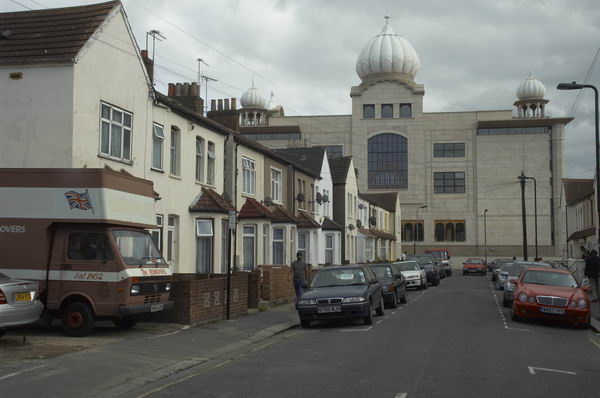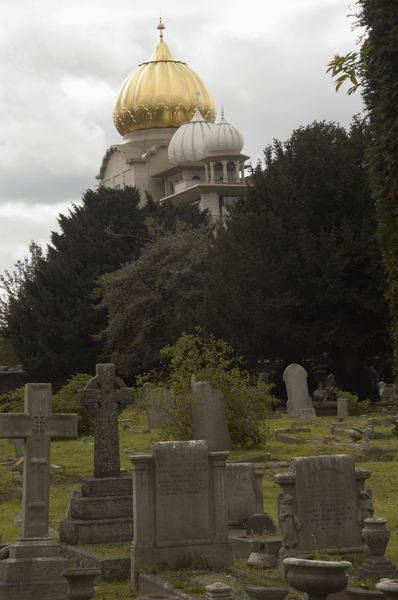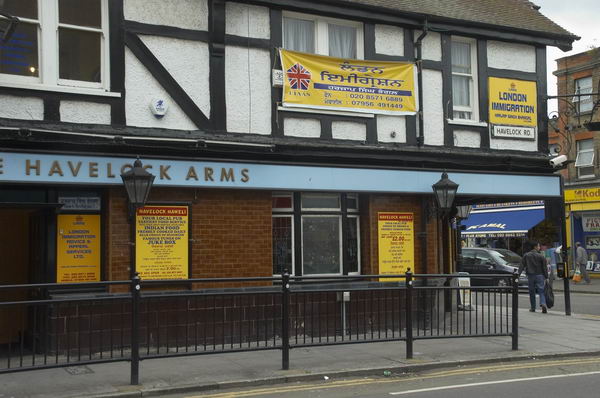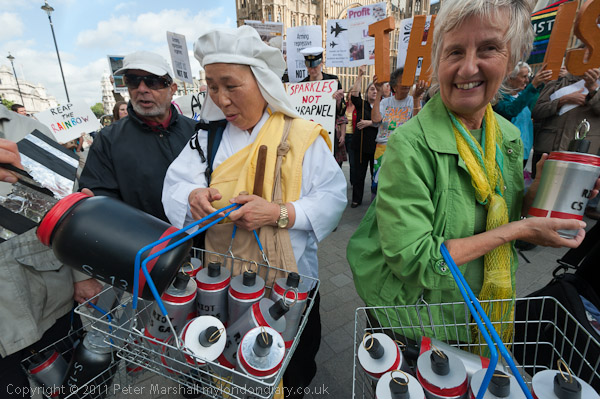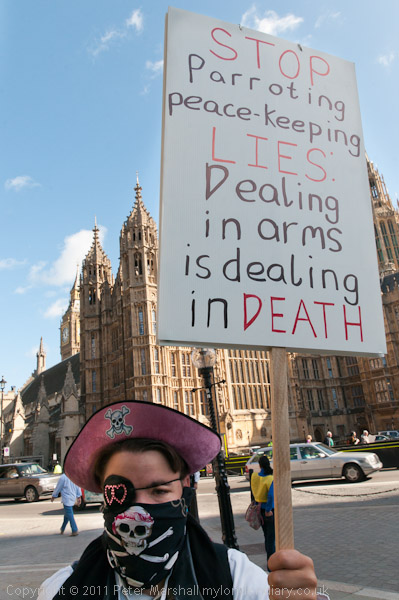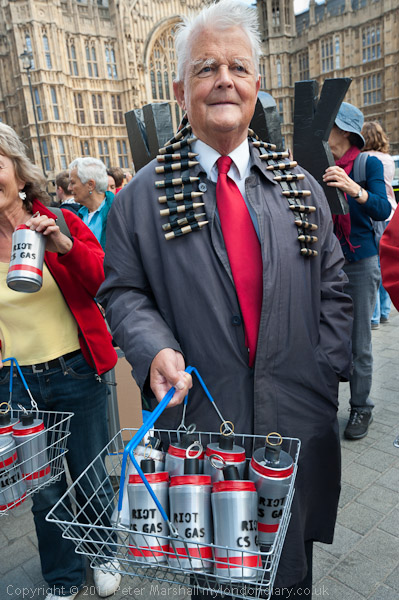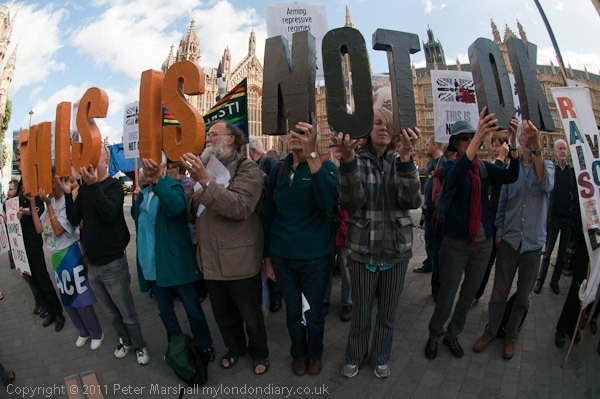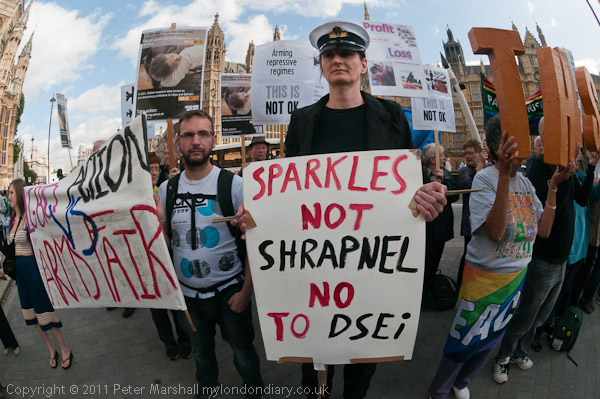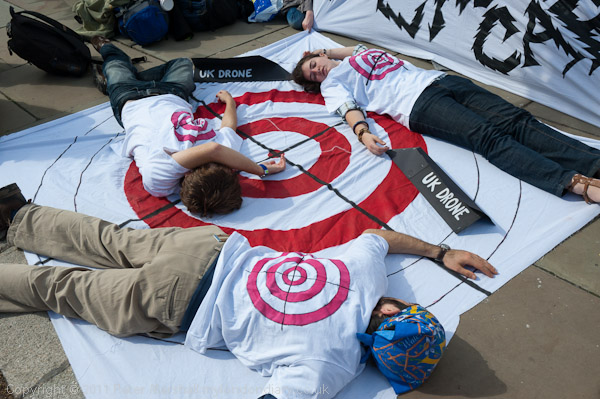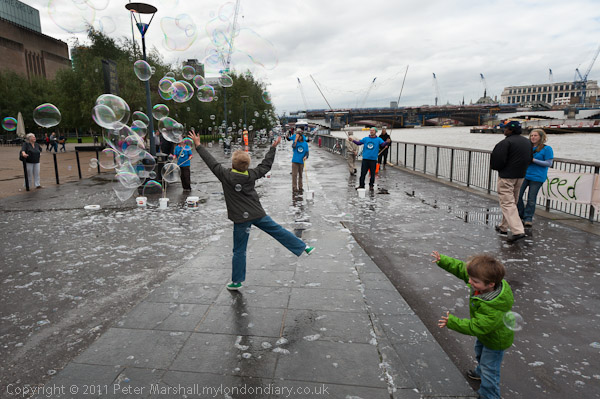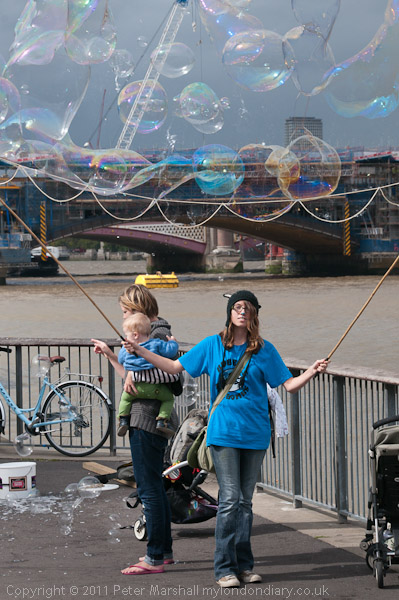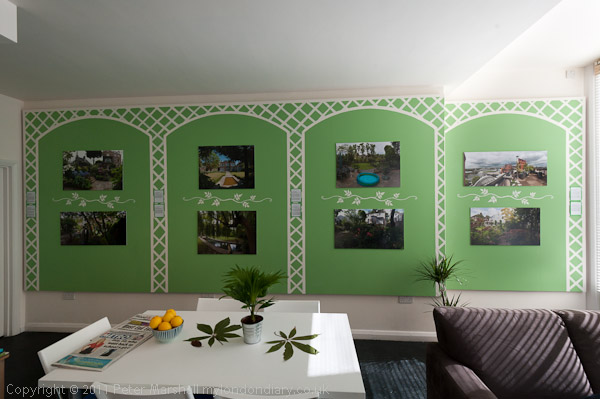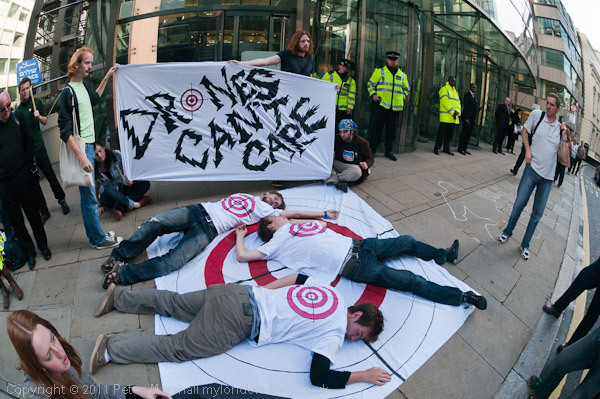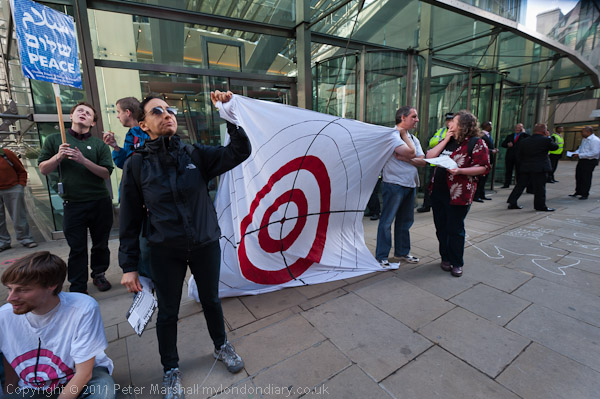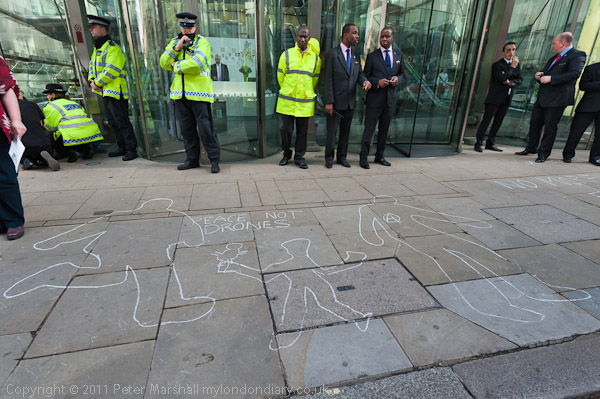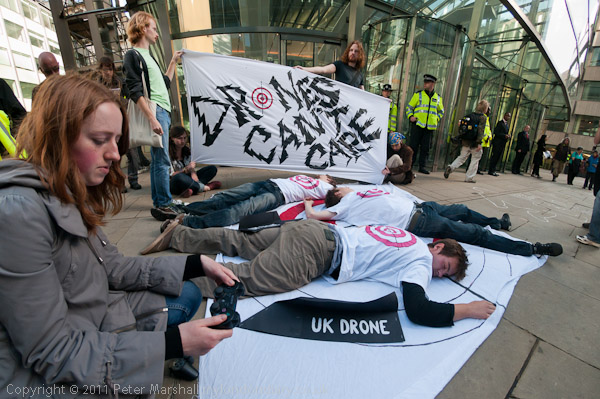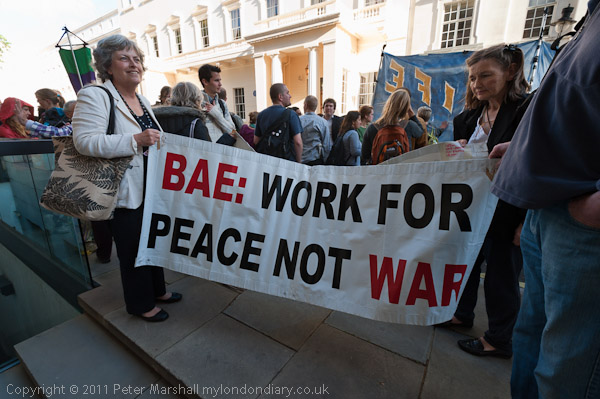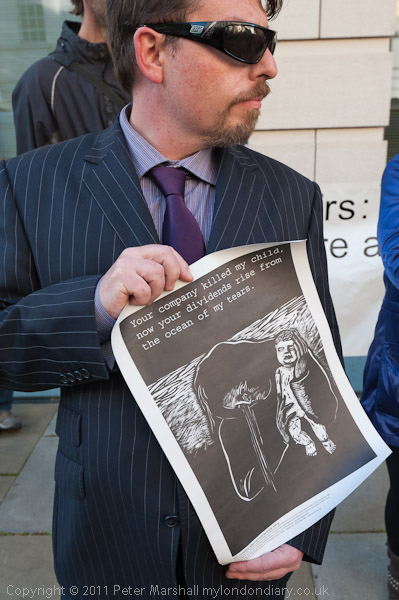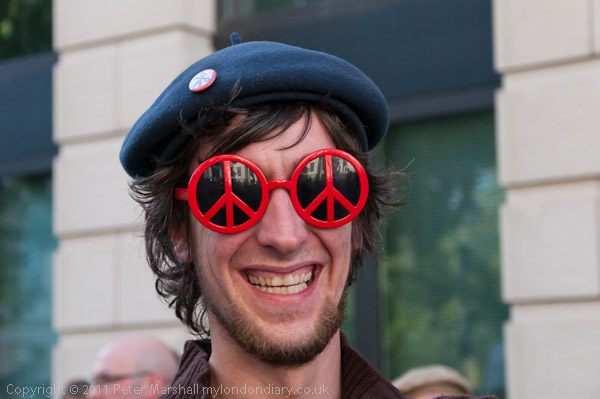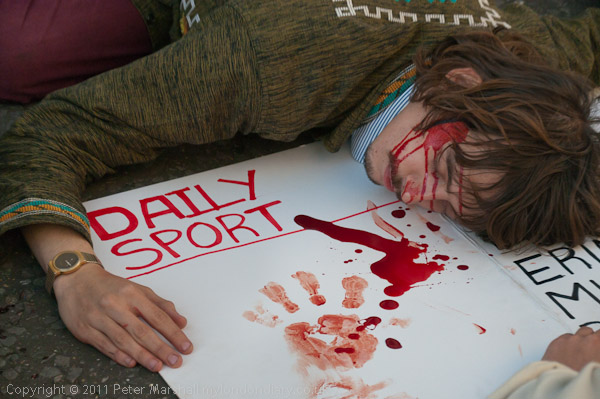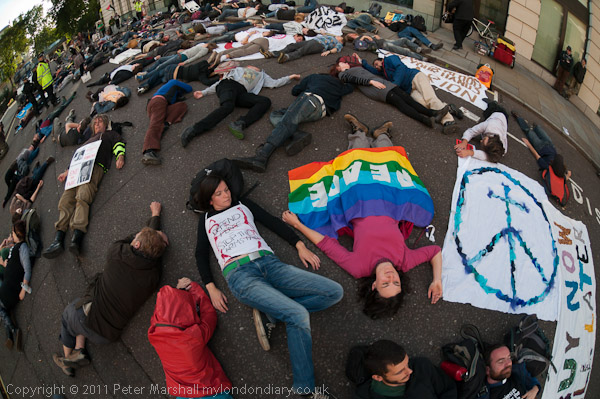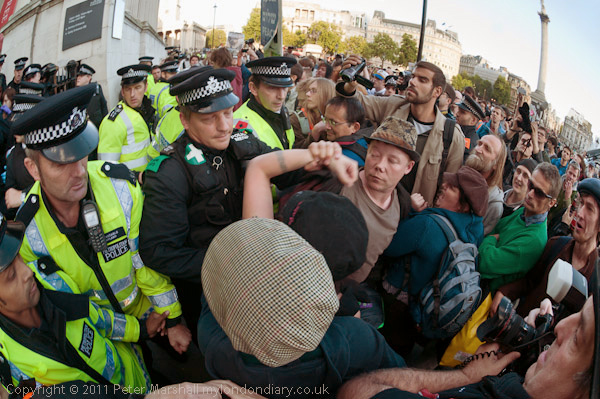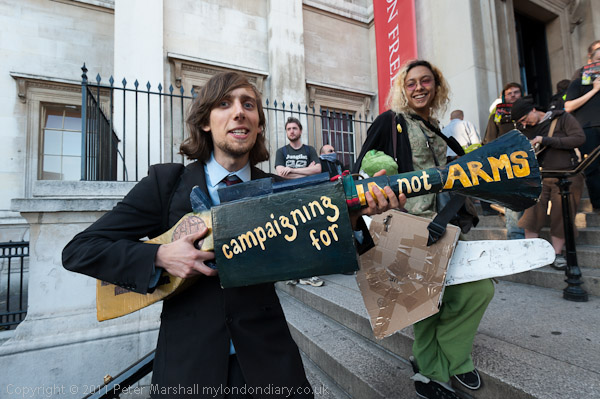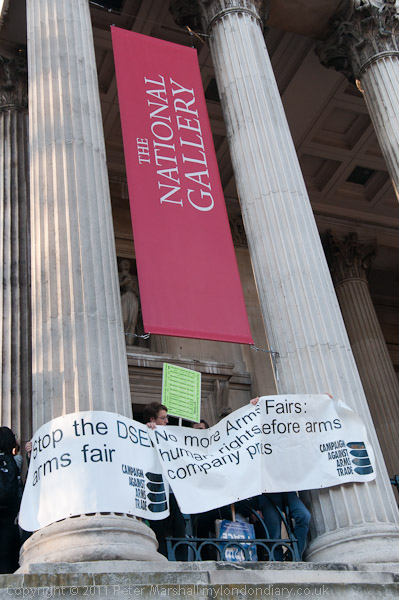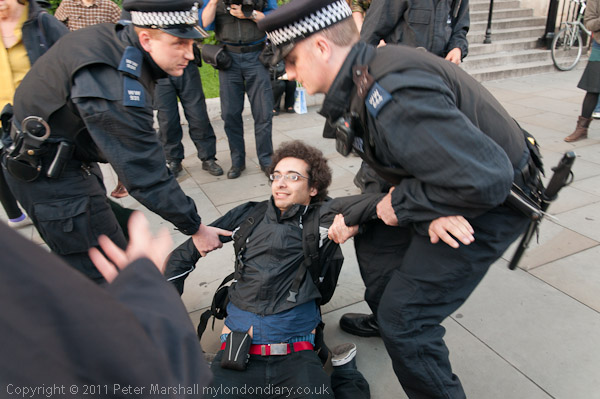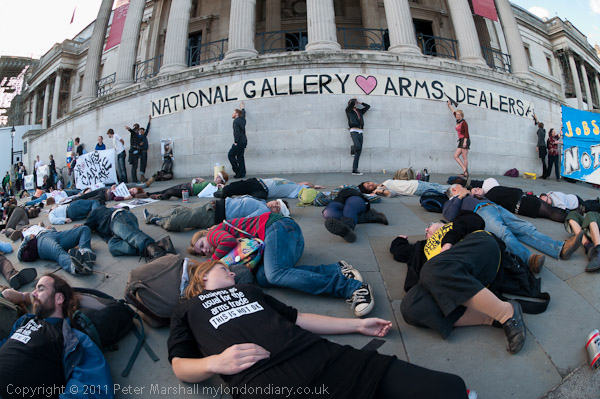London Gardens, Green Lifestyle & Carnival de Cuba: I had an interesting time twenty years ago on the weekend of 4-5th June 2005 in London. After a visit to some fantastic private gardens on the Saturday, on Sunday I went to a Green Lifestyle festival in Greenwich then photographed a Cuban carnival procession at Coin Street.
Here I’ll edit slightly the text I wrote back in 2005 and integrate it with some of the pictures I made, with links to the rest of those I put at the time on My London Diary. And end with a brief comment.
London Gardens – North London, Notting Hill and Chelsea
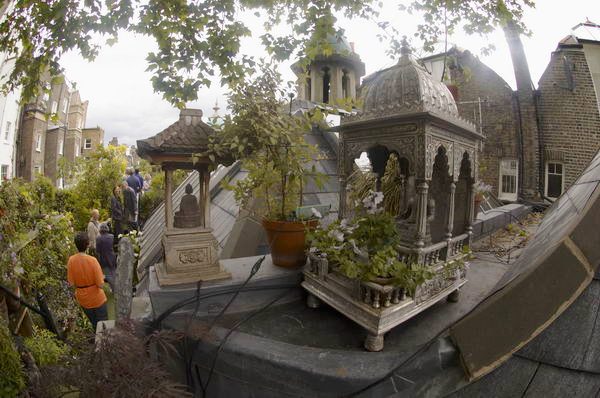
London Arts Café, now sadly long defunct, was an organisation which promoted urban art and examined its contribution to urban life. Its annual programme often included some interesting visits, sometimes taking us to places we never knew existed. On Saturday June 4th 2005 we were privileged to be able to visit three very different private gardens, each it it’s own way extraordinary. They are all among those featured in the 2000 book by George Carter, The New London Garden, (ISBN 1-840000-347-2) where you can find more details about them and view some splendid photographs by Marianne Majerus.
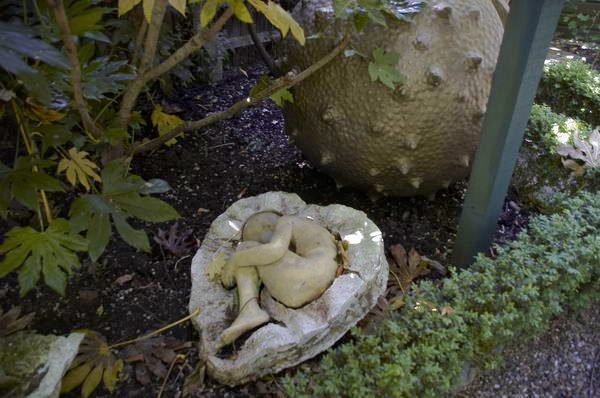
We met George in the Notting Hill garden and he talked to us about his work and the importance of the garden in urban space, and we were also fortunate to meet the garden owners who also told us about their own gardens.
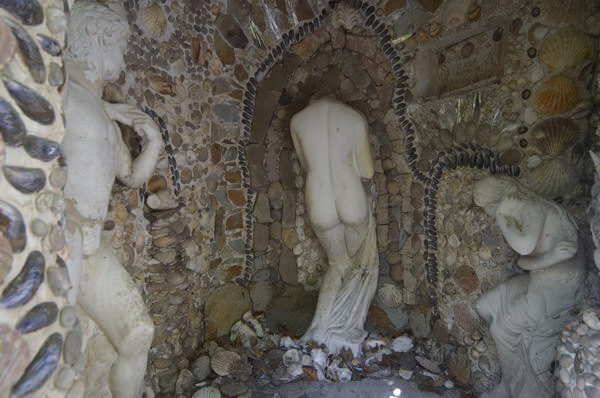
A grotto in Notting Hill
In North London, we visited a garden filled with sculptures of various types by designer and sculptor Judy Wiseman, making the most of the various locations. Most were casts of bodies or parts of bodies. This garden, I think alone among the three we visited, is open to the public to visit on one day most years as a part of the charity Open Gardens scheme.
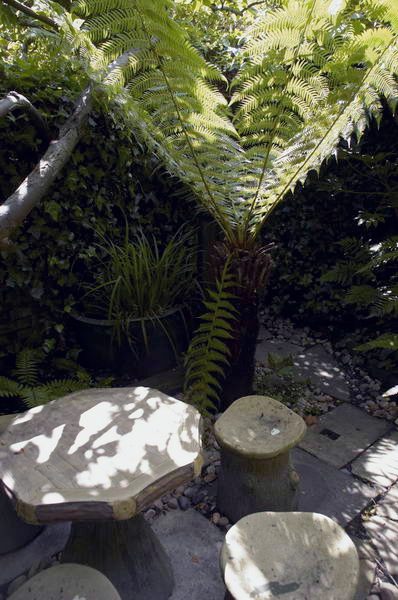
In Notting Hill, the garden was more practical in some ways, with a large expanse of lawn, but in one corner was a dark area of trees and bushes with a fantastic grotto.
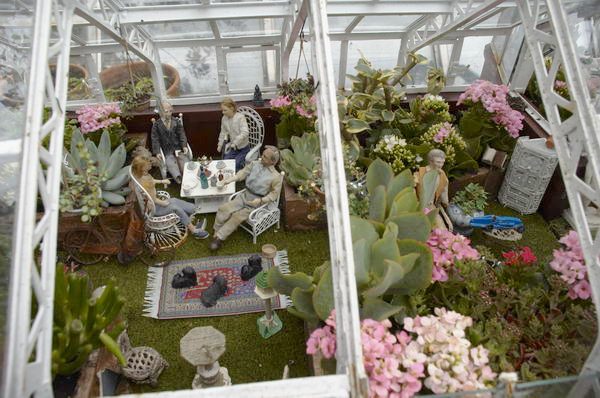
Most fabulous of all was the rooftop garden in Chelsea, stretched along the rooftops at the back of four houses, all former studios of well-known artists. One of the highlights for me was a scale model of a glasshouse built by Decimus Burton, used to create a miniature world with plants and figures.
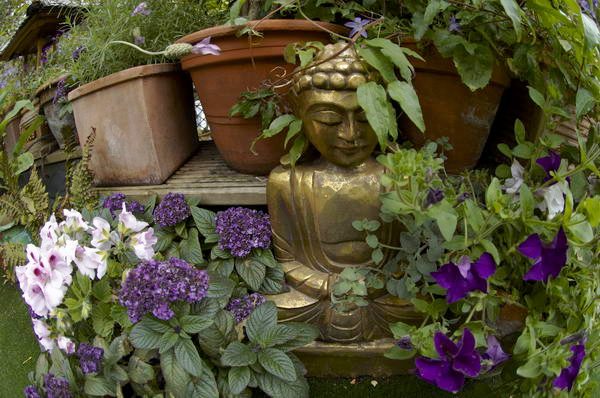
After spending some time admiring this garden, we were also shown the art gallery in one of the houses, with an incredible collection of pictures, including works by Picasso, Braque, Courbet, Moholy-Nagy and many other famous names, including some fine work from the 1950s. There were also some fine rooms in the house, including a modern kitchen and some fine period pieces.
London Green Lifestyle Show – Greenwich Park
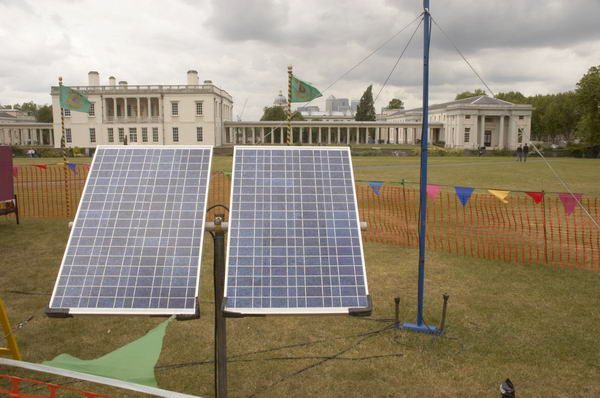
The group that had organised Kingston Green Fair had been asked to organise the London Green Lifestyle show in Greenwich Park, held on World Environment Day, June 5, 2005 as a part of London’s contribution to a more sustainable lifestyle. Unfortunately the events were spread over far too wide an area of the park to really be successful.
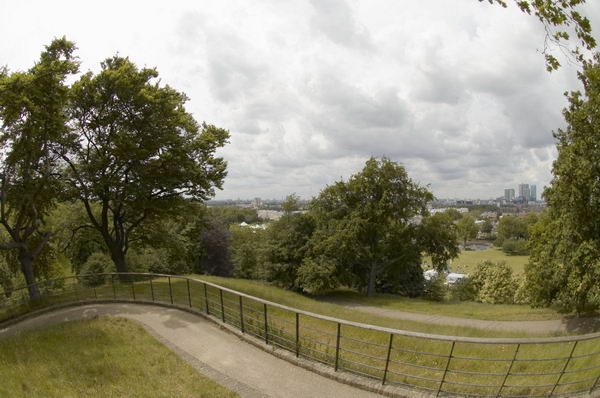
As always, there was rather a lot of missing the obvious in the approach to a better environment. So there was little about the need to drastically cut down air travel, and relatively little about cutting down car use. Casual visitors could certainly have gone away with the idea that if we all recycled our rubbish and perhaps switched to a green power supplier, everything was set for a rosy future.
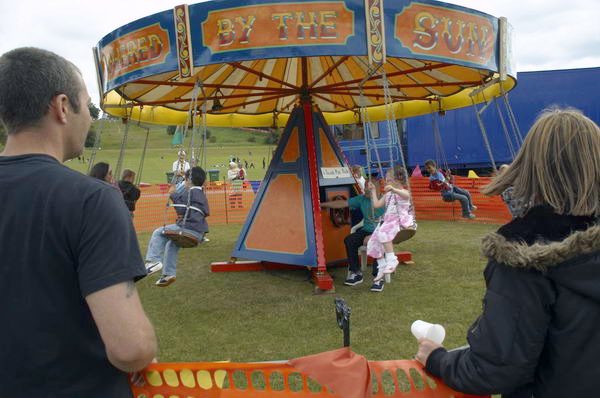
I first spoke in public about the need for effective action to save the world in 1970. I had sold the last car I owned in 1966, using a bicycle wherever practicable since then, very occasionally using taxis and hiring a car for a few holidays. We’ve lived a relatively low-impact lifestyle, perhaps except for my addiction to cameras and computers! I changed jobs so I could cycle to work (and now work mainly online to avoid travel.) Others I’ve known have done more, moving to become largely self-sufficient.
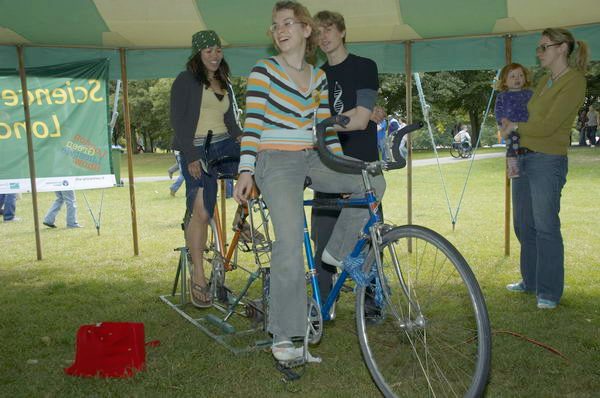
At the moment the government is playing lip-service to the need for urgent action on the environment, but falling short of taking or even discussing any effective actions, to do things like actually cutting the use of fossil fuels, or reducing the number of car and air miles we travel. [Little has really changed in challenging the centrality of the car in our culture since – and electric cars are little better for the climate.] I’m increasingly gloomy about the future, though the world will probably stay in reasonable shape for the rest of my lifetime.
We need to think far more seriously about quality of life, rather than concentrating on things that are easy to measure like gross national product. much of it is truly gross, and there are better ways to organise our lives around the things that really matter.
Carnival de Cuba – Coin St Festival, Bernie Spain Gardens
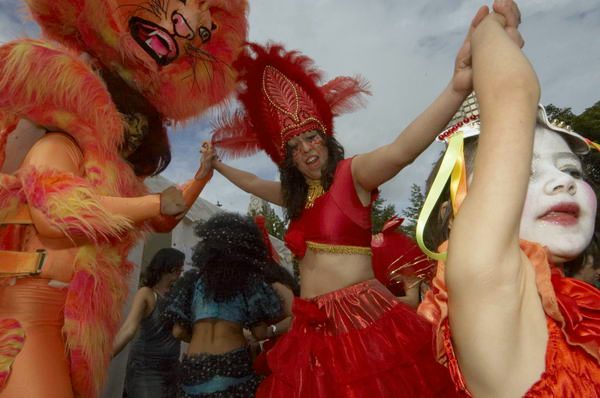
Carnival de Cuba was taking place the same day at Coin Street (perhaps the one successful development in london since the war.) I got there in time for the procession, and clearly everyone was having a great deal of fun.
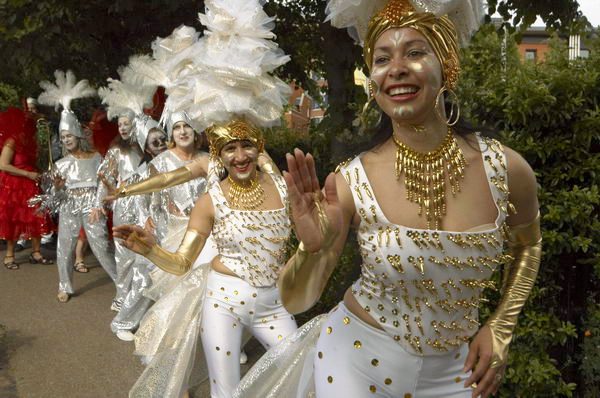
There was really far more to photograph and though I spent less time there than at Greenwich there are several times as many pictures from the carnival on My London Diary.
Afterword
The visits to the gardens in these pictures was for me a rather unsettling window on the private realms of the over-privileged in our society who inhabit a very different world to the rest of us. Though there are far worse ways many of them chose to spend their phenomenal and largely unearned wealth it would be good to see the tremendous creative talent shown here put into work that could be appreciated by a much greater public in public spaces.
But perhaps like the private collections of Sir John Soane we can now see in Lincoln’s Inn Fields or those stolen from the Tradescant family by Elias Ashmole at least some of these may eventually become publicly accessble assets.
Later I photographed more private gardens of the wealthy in a collaborative project with the short-lived Queen’s Terrace Café, shown there in 2011 as ‘The Secret Gardens of St John’s Wood’ and with the book with Mireille Galinou of the same name still available from Blurb, where you can view the preview which contains many of the pictures.
Flickr – Facebook – My London Diary – Hull Photos – Lea Valley – Paris
London’s Industrial Heritage – London Photos
All photographs on this page are copyright © Peter Marshall.
Contact me to buy prints or licence to reproduce.
